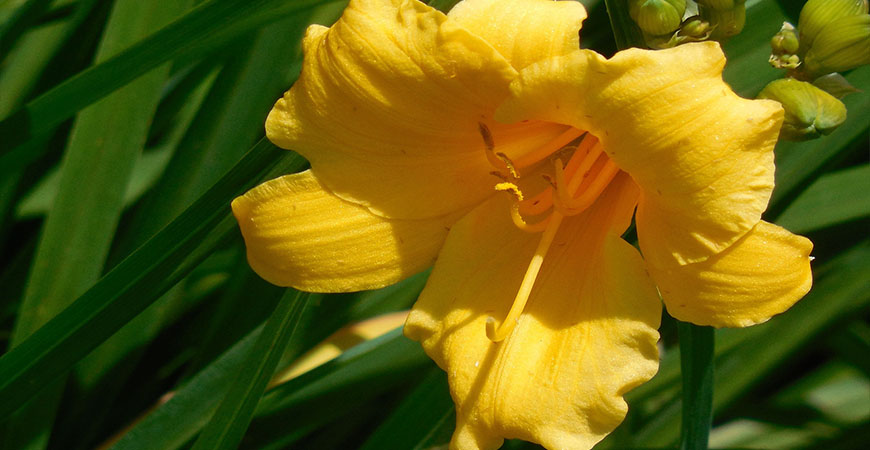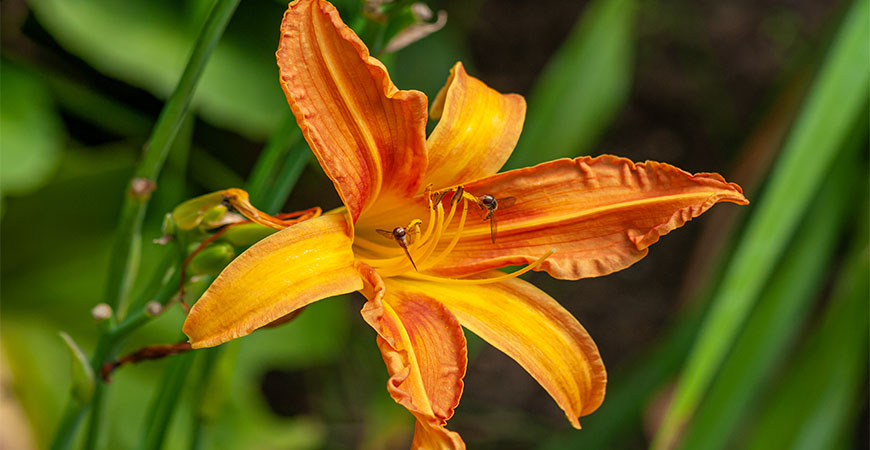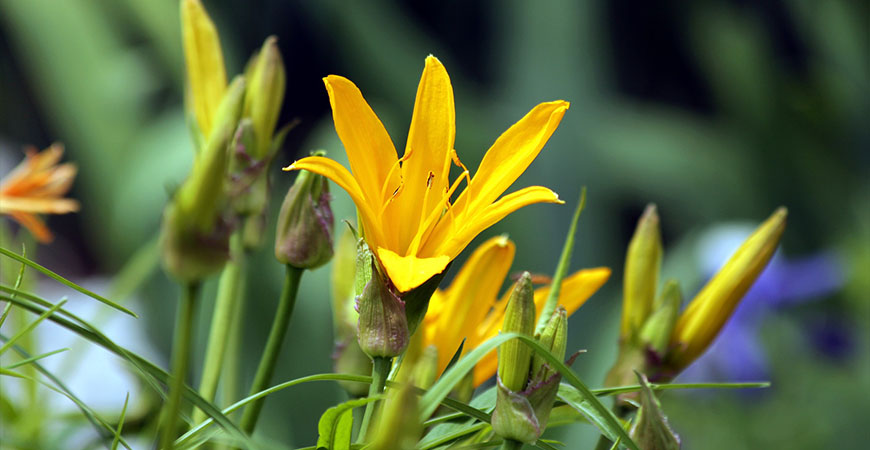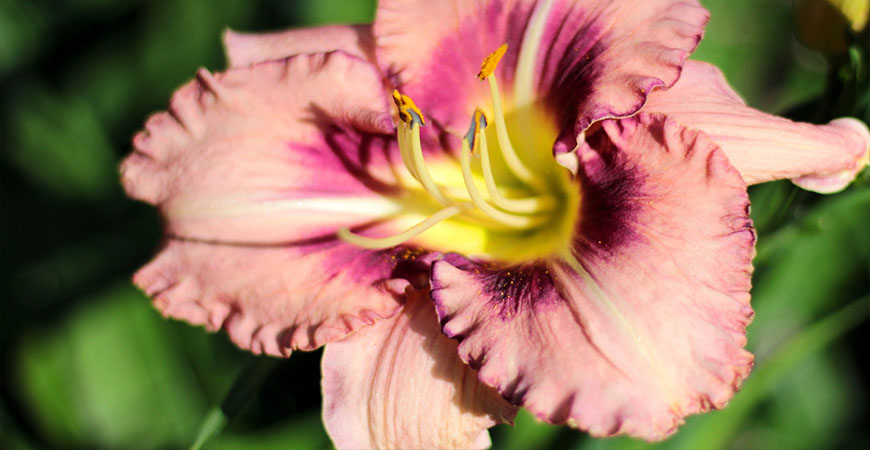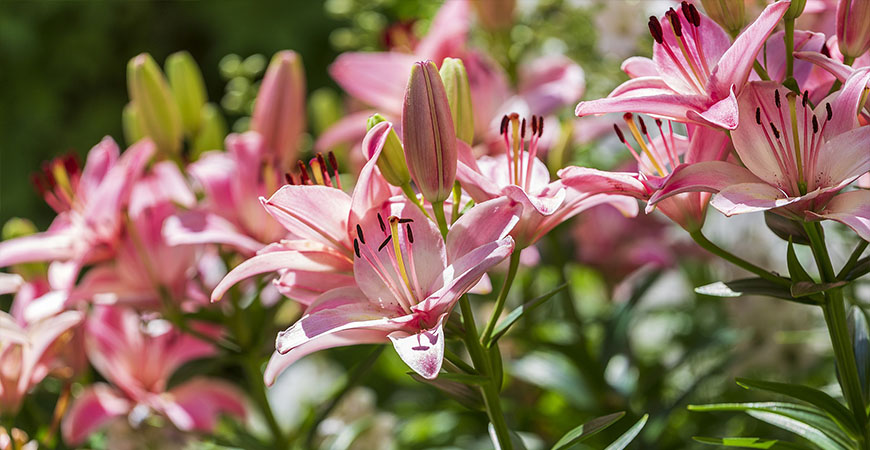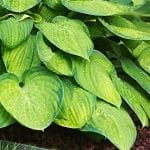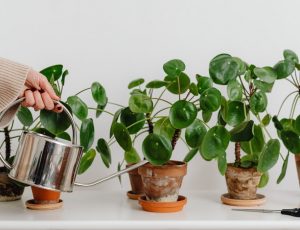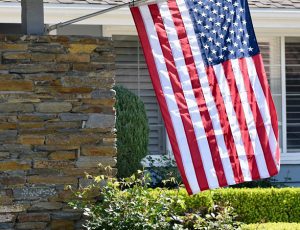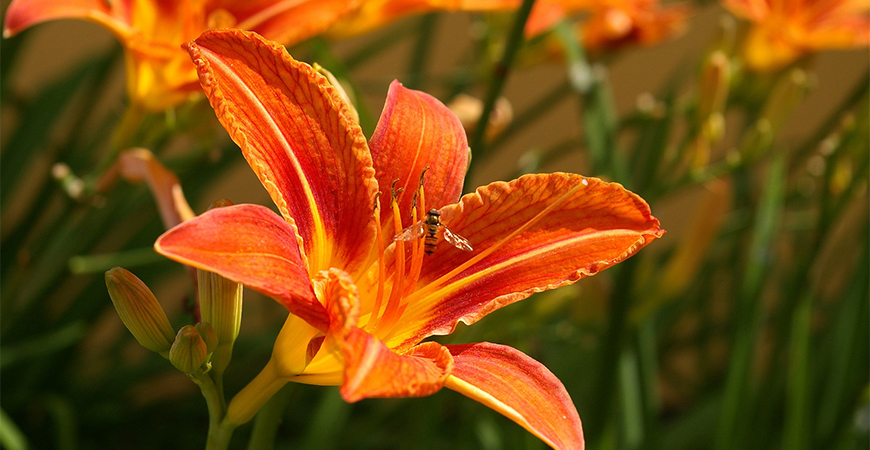
Growing Lilies: How to Grow and Care for Daylilies
Daylilies add a beautiful focal point to a summer garden. This lovely perennial blooms in large, trumpet-shaped flowers atop tall, slender stems. They have a variety of bloom colors like yellow, gold, orange, red, and white. Here we will cover growing daylilies, plus how to care for daylilies in the garden.
What daylily varieties are available?
Dwarf Yellow Daylily (Hemerocallis minor)
The dwarf yellow daylily blooms in soft true-yellow hues from May to June. This flower tends to be a butterfly favorite! Due to its hue and the coziness of the flower being situated above clumps of thin, grass-like foliage.
Its lemon-yellow flowers typically appear on long stems and grow to be upwards of 18” tall. Additionally, it can grow approximately 9 inches to 1 foot in width!
Although dwarf yellow daylilies are low-maintenance flowers, make sure to plant them in full sun or part shade. This helps to ensure they thrive on their own. The best planting zones to grow dwarf yellow daylilies are zones 3 to 9.
Plant this popular daylily to add a bright pop of color and contrast to any garden.
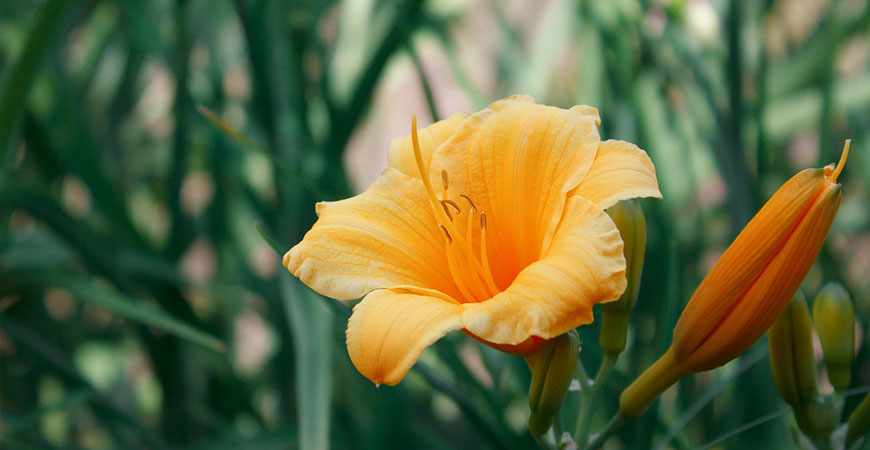
Spacecoast tiny perfection daylilies are small but mighty. They grow in clumps and help to fill a garden.
‘Spacecoast Tiny Perfection’(Hemerocallis)
Spacecoast tiny perfection is a mini daylily that blooms in light peachy-pink flowers that measure up to 3 inches in diameter. It’s an-award winning rebloomer that flowers from May to July.
This showy flower earned its name because each flower has a thin, gold edge and a green center. However, the arching, blade-like foliage is evergreen in warm winter climates.
Spacecoast tiny perfection grows to a height of 1 to 1-1/2 feet. This compact daylily thrives in full sun to part shade and in planting zones 3 to 9.
Orange Daylily (Hemerocallis fulva)
Orange daylily is an old-fashioned flower often spotted growing along country roads or abandoned gardens. The attractive, fountain-like leaves add texture and interest to the garden long after blooms have faded.
Orange daylily is often called tawny daylily due to its tawny-orange blooms. Additional ways to identify these flowers are the 3 ½ inch span, ranging from 3 to 6 feet tall.
These flowers flourish in poor soil and can prevent soil erosion when planted on a slope. Also, keep in mind that they can be invasive, so plant them away from other flowers.
When searching for a spot to plant them, make sure it’s an area with full sun to part shade. They tend to thrive best in planting zones 3 to 9.
Notably, it may be more difficult to find this old-fashioned variety because of new hybrids in recent years.
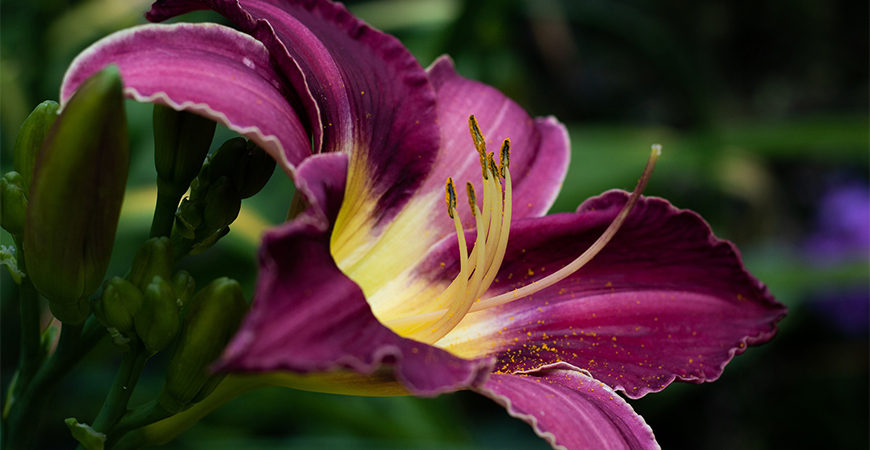
The Chicago silver earns its name due to the silver edging against the deep purple hue.
Chicago Silver (Hemerocallis)
This vibrant variation of daylily can be identified as a Chicago silver because of its deep purple hue and silver edges with a light green throat. They are midseason bloomers, so you’ll see them bloom more in May or July, depending on your region.
Chicago silver daylilies grow about 6 inches in width and 30 inches in height. They tend to grow individually rather than in clumps, so make sure they have some space to flourish.
These purple bloomers are drought and heat tolerant making them a low-maintenance flower to care for. They tend to grow best in zones 4-10 and requires full sun to partial shade areas of your garden.
Citron Daylily (Hemerocallis citrina)
If you enjoy a fragrant evening garden from June to July, citron daylily fills the bill. Citron daylily flowers open at sunset and close early the next morning.
However, these bright, showstopper blooms in trumpet-like, lemon-yellow flowers, so they’re a sight to behold no matter what.
With citron daylilies they grow to be 6-inches in diameter and up to 3 to 4 feet in height. Its bright blooms sit atop long 45-inch stems above dense clumps of arching, blade-like leaves.
When planting, find a full sun to part shade spot in planting zones 3 to 9 for the best blooms.
‘Strawberry Candy’ (Hemerocallis)
Strawberry candy blooms in small, rosy-pink flowers with yellow centers. This type of daylily is a semi-evergreen grower in southern locales. This beautiful daylily has ruffled-edge blooms that stay open for an extended period – from morning until evening.
Strawberry candy flowers may only last one day, but this daylily will bloom more than once a season. It’s an early-blooming daylily that usually blooms one to three weeks before other varieties. These daylilies grow to 1 to 3 feet in height and width.
Place them in full sun and planting zones: 4, 5, 6, 7, 8, 9, and 10 for the prettiest blooms.
What daylily colors are available?
Daylily flowers are available in nearly every hue except blue.
Furthermore, the blooms often have attractive markings like contrasting eyes or mid-rib stripes. For example, some varieties look as though they have a ‘sprinkling’ of diamond or gold dust.
Are daylilies prone to pests?
Although daylilies are simple to grow and relatively pest-free, aphids, mites, and thrips may appear. In addition, snails and slugs may linger and cause damage to the young leaves.
However, daylilies are sturdy, disease-resistant perennial plants when correctly cared for correctly.
How do I grow lilies and care for them in my garden?
Home repair expert, Bob Vila, says, “First, be sure to plant them in full sun, or at least where they will get several hours of sun every day. Daylilies look especially beautiful along a fence or walkway, where the showy flowers provide a dramatic border, and their full green foliage keeps weeds to a minimum.”
In the South, daylilies prefer light, afternoon shade. They thrive in average garden soil but grow well in soil that’s improved with compost, aged manure, or rotted leaves.
Daylilies need plenty of water to produce lots of blooms, so water them with at least an inch of water per week.
Mulch daylilies with light organic matter or shredded leaves help retain moisture. Deadhead spent flowers daily to encourage rebloom in some varieties.
Divide daylilies in early spring, when new growth is visible, or in autumn, after the plants have finished blooming.
Growing daylilies in the garden is an easy project for beginning gardeners as daylilies are easy-to-grow. They aren’t picky about soil quality or soil pH, making them that much more simple to grow.
The thick roots hold moisture, so if you forget to water them for a day or two, no harm will be done. The American Hemerocallis Society registers 60,000+ cultivars of daylilies, so you are sure to find a favorite!
We would love to know which is your favorite type of daylily and any tips you would like to share about growing daylilies in the comments below!

